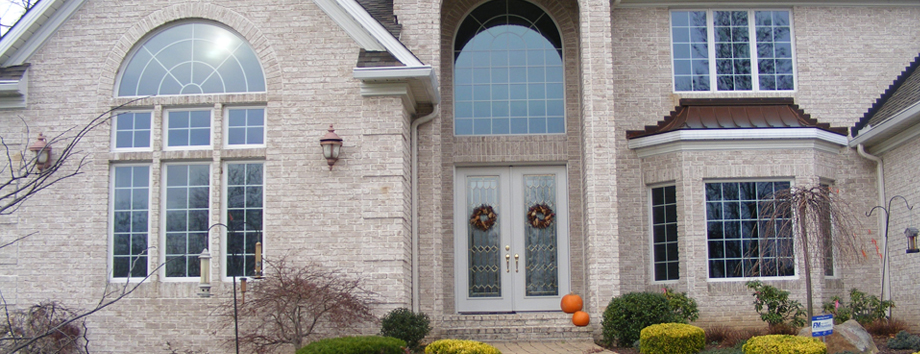There are many types of owners and/or users of “Home Elevators & Accessibility Lifts”.
- Home & Public
- Renters
- Physically challenged
- Elderly
- Family
- Guests
- Students
With such a wide variety of users, it is most important to service and maintain your equipment in order to provide safe and continued uninterrupted use.
Owners include residential as well as public facilities. Many owners of new and existing homes are planning to install lifts and elevators for their current convenience or future difficulty in climbing stairs. Lifts and elevators provide access for family members and guests in order to meet temporary or permanent future needs. Some homeowners, who own rental vacation properties, also find that lifts and elevators increase their rental base and resale value for their property.
Many public building owners include schools, religious facilities, hotels, government facilities, and retail sales. They are required by law to provide access for the physically challenged.
Types of elevating devices include, Home Elevators, Wheelchair Lifts, Dumb- waiters, Stairway Chair Lifts, LULA (Limited Use Limited Application Elevators).
Why Service/Maintain Home Elevators and Lifts?
First and foremost, every owner should have their equipment operating properly and safely. It is imperative that lifts and elevators be serviced and maintained by qualified and experienced personnel. Owners can run a risk of unnecessary liability should an untrained mechanic or user be hurt due to improper or neglected service and maintenance.
When a home is sold having an “elevator” or “lift,” it is strongly recommended that you hire a qualified Elevator Maintenance Company to perform a PMI (Periodic Maintenance Inspection) and correct any code violation or operating issues.
What are the most common causes of the Elevator’s failure to operate?
- Gates in car are not closed all the way.
- Hoistway doors have sagged, warped or are not completely closed.
- Power failure. Some units must be “restarted” after the power returns.
- Not having PMI (Periodic Maintenance Inspections).
***This will assure that your equipment is lubricated and all safeties are checked.
What to do if stuck in the elevator?
- Make sure all car & hoistway doors are closed.
- Sound the emergency alarm in the car (Code requirement)
- Use the phone in the cab to call for assistance (Code requirement)
- Call someone in the house or neighbor to assist.
- Call the local Fire Department (They are usually equipped to open doors and get you out safely and should also call your maintenance company in order to assist with any rescue questions)
- Call the owner or owner’s representative for assistance if renting a home.
Keys for the elevator/lift (as needed) should be kept at a convenient location.
Relevant keys may include: The equipment room key, hoistway door emergency key, control key, controller key, oil tank key.
Signage is a must for renters and guests:
- Operating instructions should be customized for your specific elevator/lift and posted at each landing and in the cab.
- These instructions will assure that the equipment is used safely, properly and not abused by a frustrated renter.
Here are some of the items that you may wish to consider:
- Capacity.
- If key-operated, advise where the key is located and how to use the key.
- Close doors and gates during and after use.
- If the door locks have a time delay, be sure to advise accordingly.
- Who to call if stuck in the elevator/lift.
- Who to call if the elevator/lift does not work.
- Any other instructions that may be appropriate for your elevator/lift.


